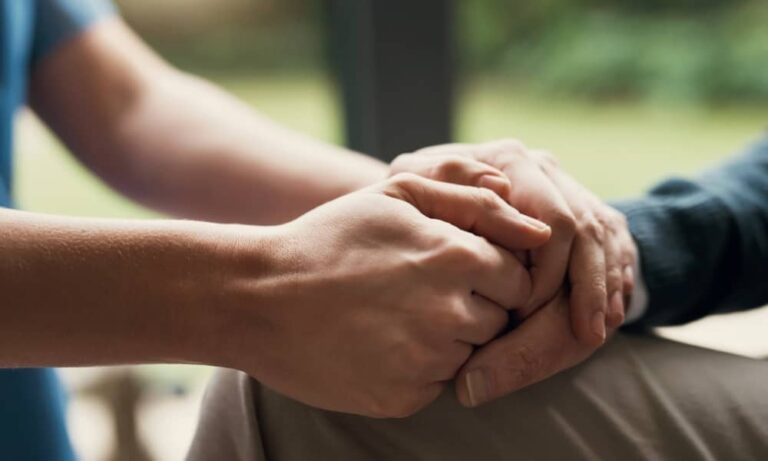Wildlife welfare charity World Animal Protection has conducted new research which reveals that the rapidly growing trend of tourists taking selfies with wildlife are threatening some of the most endangered animals in the Amazon.
Since 2014, there has been a 292% increase in the number of wildlife selfies posted on Instagram, reports The Guardian. And while these photos may look harmless, they hide an ugly truth – that many of these animals suffer abuse and severe distress as a result. In some instances, innocent wildlife are snatched from their natural habitat and forcibly held while a photo is taken. After being released, a number of animals die from trauma or physical injury.
World Animal Protection investigators in Brazil, Peru, Manaus and Puerto Alegria also found horrific cases of animal abuse at the hands of tour operators who sell photo experiences to tourists. Just some examples of the cruelty they discovered include an ocelot kept in a tiny, bare cage, a manatee held in a small tank at a hotel, and caimans with tight bands clamped around their jaws. In an overwhelming number of cases, real-life sloths were used as props in photographs.
Global wildlife advisor from World Animal Protection, Dr Neil D’Cruze, said the results of the study are very concerning. “It’s extremely distressing to see animals being stolen from the wild and used as photo props for posting on social media,” he says. “The growing demand for harmful wildlife selfies is not only a serious animal welfare concern but also a conservation concern. Our online review of this kind of practice in Latin America found that more than 20% of the species involved are threatened by extinction and more than 60% are protected by international law.”
To combat growing wildlife selfies and related animal cruelty, World Animal Protection have created a Wildlife Selfie Code, which provides guidelines around taking photos with animals without physically interacting with them. The code maintains that wildlife selfies must be in the animal’s natural habitat, where it is free to move away. A reasonable distance should be kept from the animal.
World Animal Protection’s CEO, Steve McIvor, condemned the trend. “The wildlife selfie craze is a worldwide phenomenon fuelled by tourists, many of whom are unaware of the abhorrent conditions and terrible treatment wild animals can endure to provide that special souvenir photo,” he asserted. “Behind the scenes wild animals are being taken from their mothers as babies and secretly kept in filthy, cramped conditions or repeatedly baited with food, causing severe psychological trauma.”
Earlier this year a baby dolphin died from cardiorespiratory failure when a group of tourists took it out of the water to take selfies.







